Basic Physics Laws
The present work is based on a compilation of the different Physics laws that enunciate the different branches of physics trying to show the most important of each of them, in order to condense the principles that essentially describe physics as science and its role in the field of scientific study.
List of 15 important Laws of Physics
Here’s the list of all Physics Laws:
1: Archimedes Principal
According to this Principle, when a body is partially or totally immersed in a liquid, it experiences a thrust force, which is equal to the weight of the liquid displaced by it.
2: Pascal Law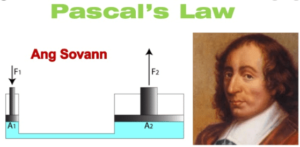
Pascal’s law states that Pressure applied at any point of a liquid at rest is transmitted without loss to all other parts of the fluid. Hydraulic press and Hydraulic Brake is an application of Pascal law.
3: Ohm’s Law
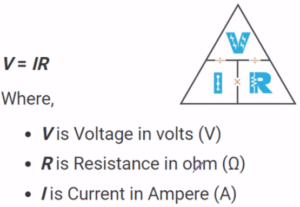
Ohm’s law states that current flowing in a metallic conductor is directly proportional to the potential difference applied across its ends provided that other physical conditions and temperatures are constant. The mathematical form of this law is expressed as:
V = IR
4: Huygens Principle

5: Newton’s first law of motion
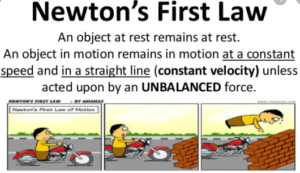
According to Newton’s 1st law of motion states that Everybody continues in its state of rest or uniform motion in a straight line unless a resultant force acts on it to change in its state. Newton’s first law also is known as the law of inertia.
6: Newton’s second law of motion

The second law of motion states that when a resultant force acts on an object of constant mass, the acceleration will result in the product of its mass and acceleration equal to the resultant force, the direction of the acceleration being in the same direction as that of the resultant force.
7: Newton’s third law of motion
Newton’s 3rd law of motion states that action and reaction are equal but opposite in reaction. This law tells us 4 characteristics of forces: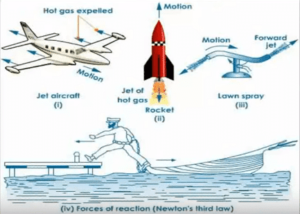
-
- Forces always occur in pairs, which are called action and reaction forces.
- The action and reaction are always equal in magnitude
- Action and reaction are always opposite to each other.
- Action and reaction act on different bodies.
8: Newton’s law of Gravitation
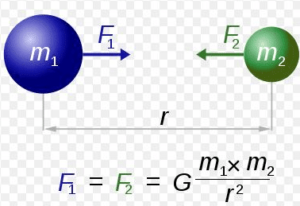
According to the law of gravitation, every object in the universe attracts every other object with a force that is directly proportional to the product of their masses and inversely proportional to the square of the distance between the masses.
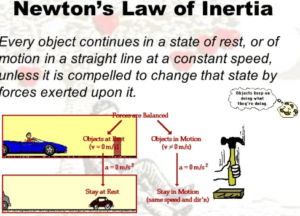 9: Law Of inertia
9: Law Of inertia
The law of inertia states that a body continues its state of rest or uniform motion until an external force acts on it. It deals with the inertial property of matter. Inertia depends greatly on mass.
10: Coulomb’s Law

Coulomb’s law states that the force of attraction or repulsion between two charges is directly proportional to the magnitude of charges and inversely proportional to the square of the distance between these two charges.
11: Hook’s Law
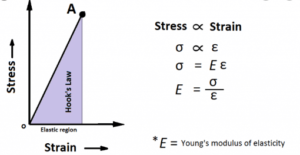
12: Bernoulli’s Principle
Bernoulli’s principle states that when the speed of the moving fluid, gas or liquid, increases, the pressure inside the fluid decreases.
Aerodynamic lift is an example or an application of Bernoulli’s principle.
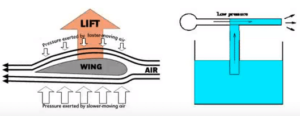
13: Boyles Law
Boyles law states that the volume of the given mass of gas varies inversely with pressure at a constant temperature.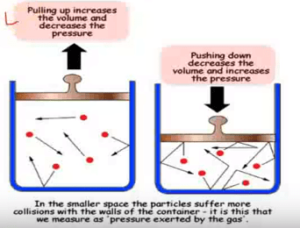
Mathematically it is expressed as:
PV = Constant
14: Charle’s Law
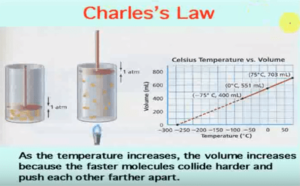
15: Kepler’s Law
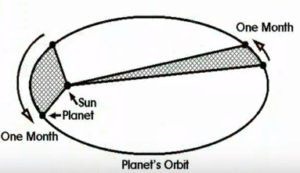
16: Law of Conservation of energy
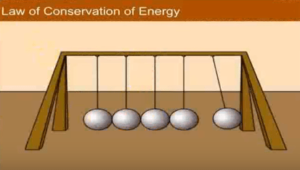
17: Faraday’s law
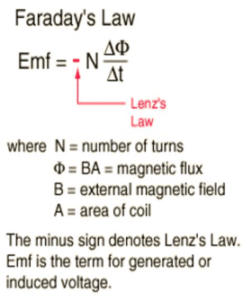
18: Lenz’s law of induction
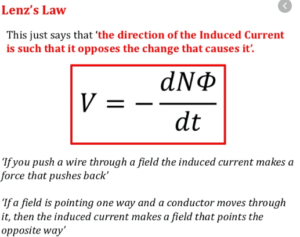
19: Graham’s law
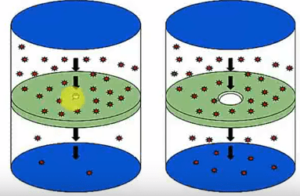
20: Compton Effect
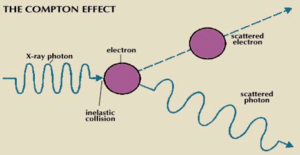
21: Photoelectric Effect
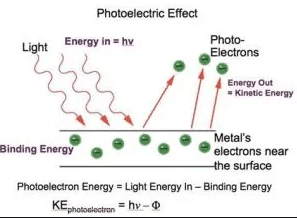
22: Planck’s law



24: Second law of thermodynamics
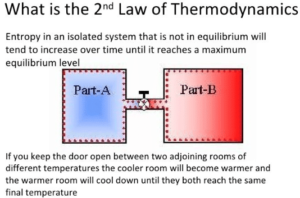
25: Zeroth law of thermodynamics
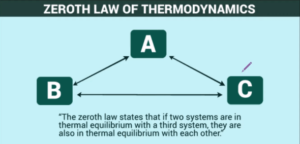
26: Snell’s law
According to this law, For two particular mediums, the ratio by Sine of the angle of incidence to the sine of the angle of refraction is equal to a constant is called Snell’s law.
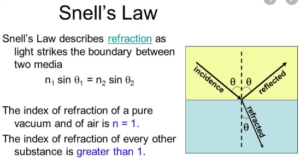
n = Sin i/ Sin r
27: Ampere’s law
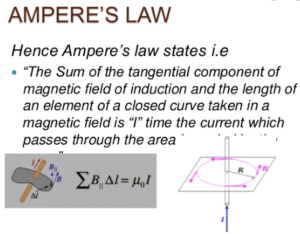
28: Joules Law
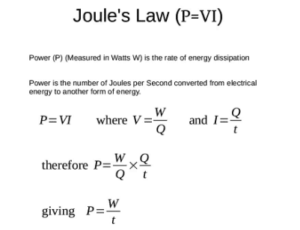
Joule’s law of heating states that The heat produced by an electric current I, flowing through a resistance, R, for a fixed time,t is equal to the Product of the Square of Current I, Resistance R, and time t. If The current is expressed in amperes, the resistance in ohms, and the time in seconds then the heat produced is in joule.
29: Law of conservation of momentum
According to this law momentum before the collision is equal to the momentum after the collision. or the momentum of an isolated system remains conserved.
If you want to learn in detail, click the list of all laws of physics below.
Let’s dive in…
List of laws of Physics
- Ohms law
- Joules law
- Newton’s first law of motion
- Newton’s second law of motion
- Newton’s third law of motion
- Pascal law
- Archimedes principle
- Young’s Modulus
- Coulomb’s law
- Ampere’s law
- Faraday’s law of induction
- Lenz’s law of induction
- First Law of thermodynamics
- Second Law of thermodynamics
- Gravitational law